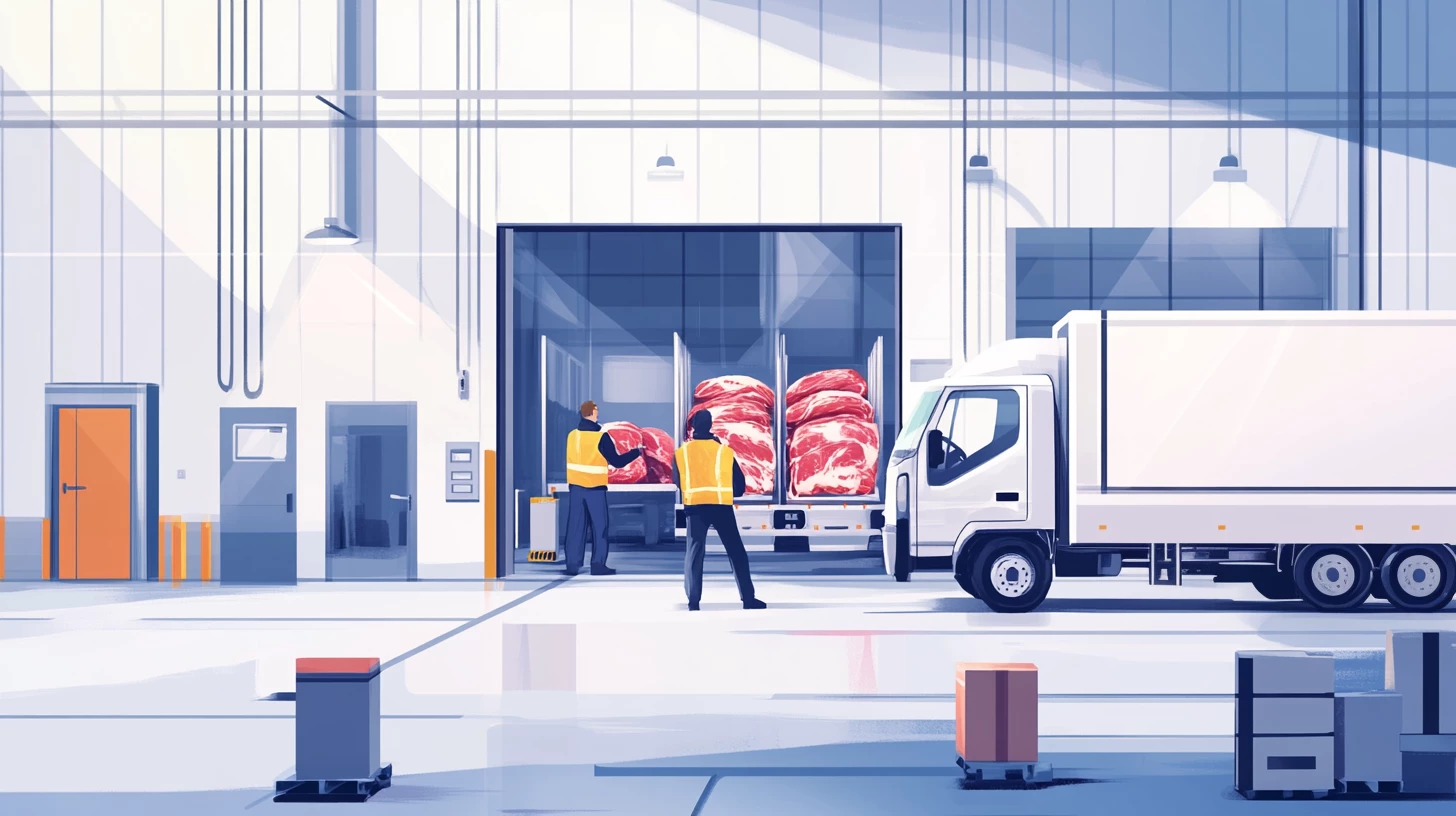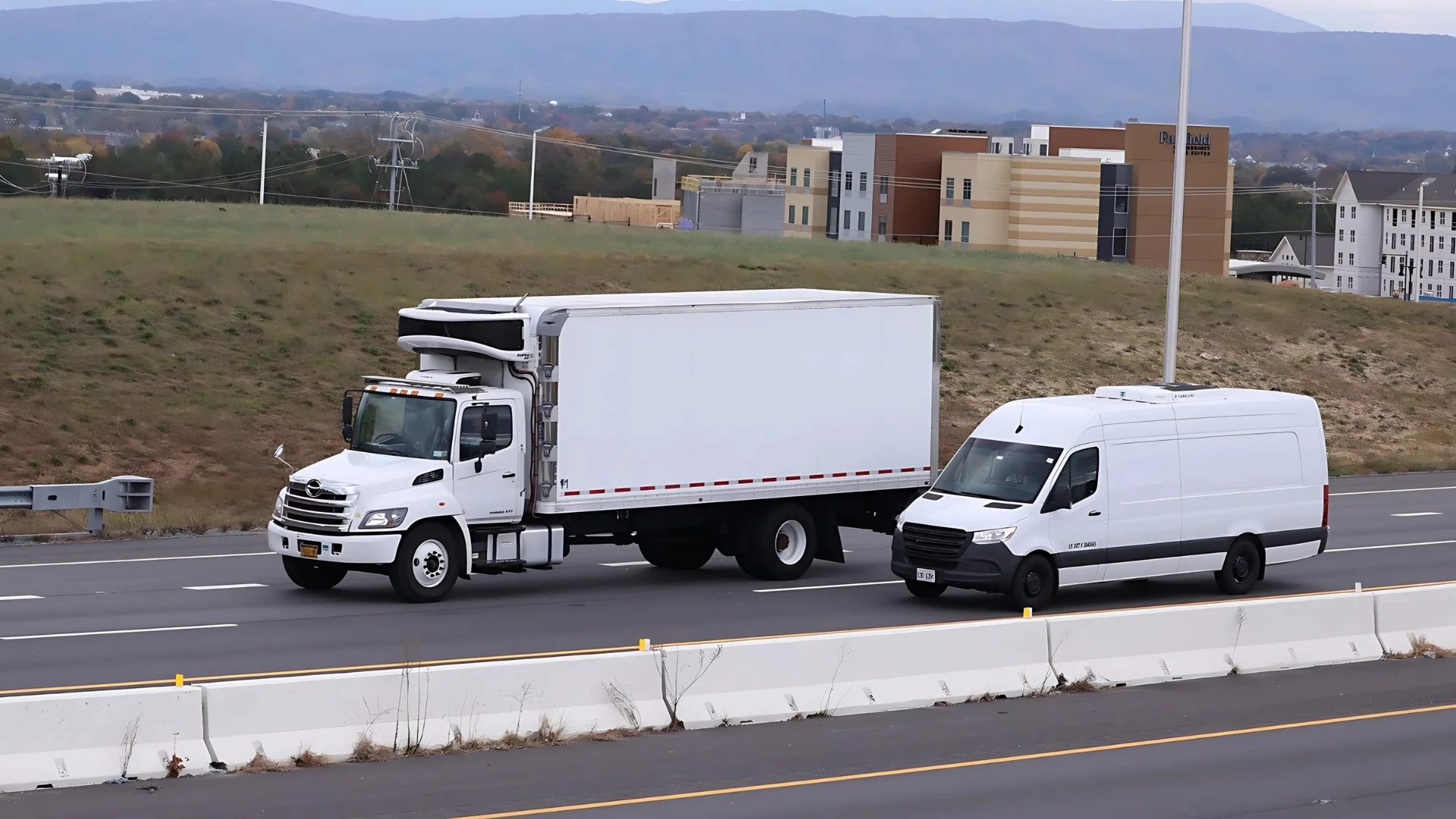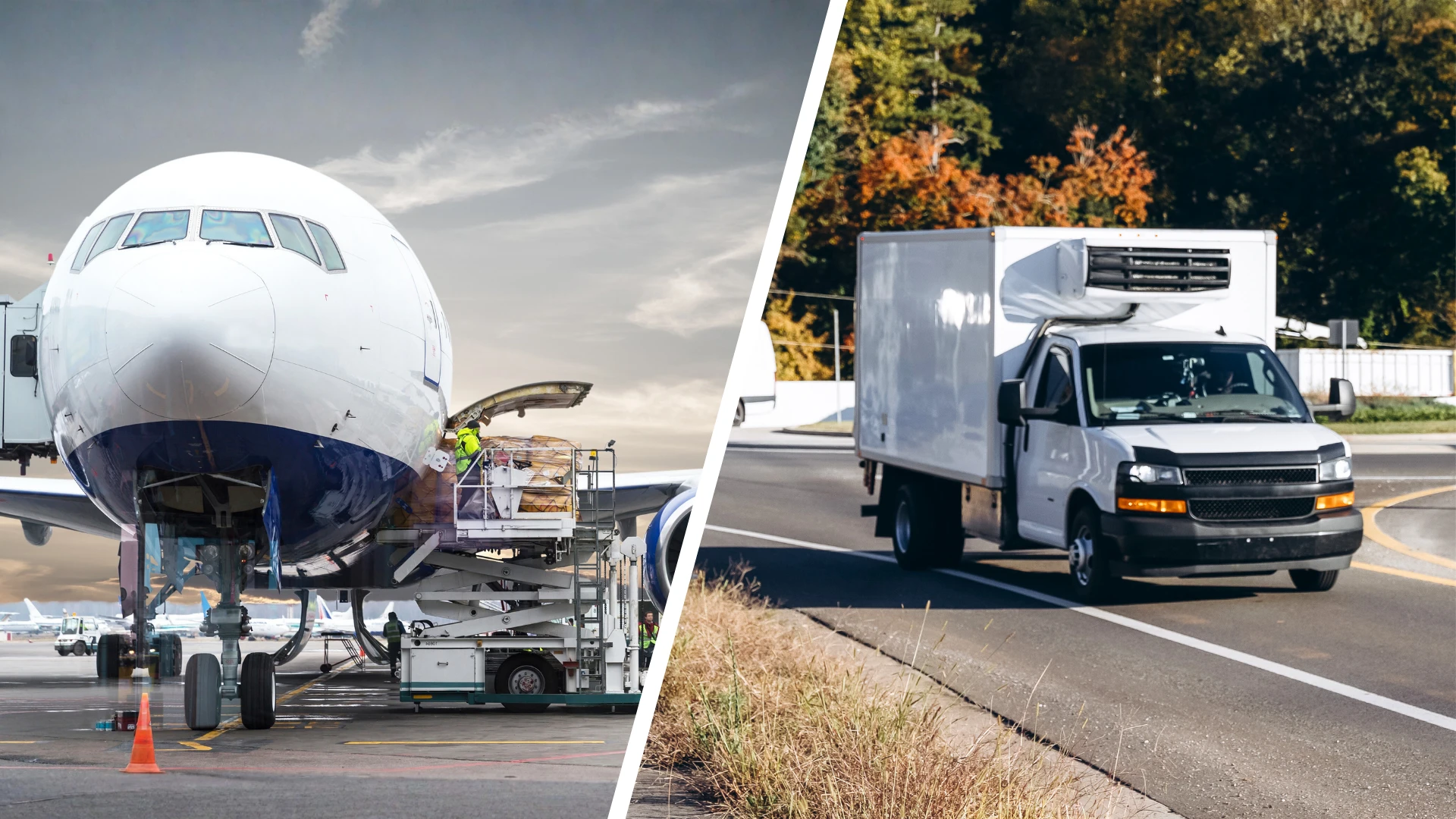
We often take perfectly fresh produce at grocery stores or life-saving vaccines at pharmacies for granted. However, these wouldn’t be possible without seamless cold chain logistics. This ensures that temperature-sensitive products like food, medicine, and chemicals are kept at the right temperature throughout their journey and arrive in perfect condition for the customer.
In a world where quality and reliability are in high demand, cold chain logistics safeguards our comfort, health, and daily lives, keeping essential goods within reach.
A Brief Look Back
Cold chain logistics has ancient roots, beginning with early civilizations that relied on natural cooling methods. The Mesopotamians and Egyptians used ice harvested from mountains and stored in insulated pits to keep food fresh. In ancient Rome, snow was transported from the Alps and compacted into underground storage, a primitive yet practical approach to food preservation.
The Industrial Revolution brought transformative changes. In the 19th century, iceboxes became common in homes, and refrigerated railcars began to transport perishable goods across greater distances. This period marked the first significant shift from local preservation to regional distribution.
The 20th century saw the development of mechanical refrigeration, enabling cold storage facilities and refrigerated vehicles. These innovations allowed frozen food, vaccines, and dairy products to travel across continents without spoilage. By the late 1900s, globalization accelerated cold chain logistics as companies began shipping temperature-sensitive products worldwide.
What began as simple methods for preserving food has now evolved into a complex and indispensable industry, supporting global trade and modern life.
Modern Cold Chain Logistics
Modern cold chain logistics is a carefully coordinated system built on several key components:
Temperature-controlled storage
Warehouses and distribution centers are equipped with advanced refrigeration systems to ensure that goods like frozen foods, vaccines, and specialty chemicals are kept at optimal conditions before transit. These facilities often feature backup power supplies and automated systems to prevent any disruption.
Specialized transportation
Refrigerated trucks, containers, and aircraft maintain consistent temperature ranges during transit. Many are outfitted with real-time monitoring technology, allowing operators to track temperature, humidity, and location.
Packaging
Insulated containers, gel packs, and dry ice are commonly used to protect shipments from temperature fluctuations. Vacuum-sealed packaging and temperature-controlled crates are also often employed for ultra-sensitive products like biologics or certain pharmaceuticals.
From storage to final delivery, every component of the cold chain works in unison to maintain stringent temperature requirements.
Industries Dependent on Cold Chain Logistics
The food and beverage industry
Businesses worldwide rely on cold chains to transport perishable items like fresh produce, seafood, meat, and dairy. Without proper cooling, these goods would spoil before reaching consumers.
The pharmaceutical industry
Vaccines, biologics, and certain medicines require specific temperature ranges to remain safe and effective. Various types of reefers make these possible, powering the development of the global healthcare system.
Biotechnology and chemical industries
Sensitive products like enzymes, reagents, and temperature-sensitive chemicals depend on cold-chain logistics. They require precise temperature control throughout the entire supply chain.
Main Challenges in Cold-Chain Logistics
Cold-chain logistics is a complex system accompanied by several significant challenges.
Proper temperature management
Even a slight deviation during transit can compromise products, leading to losses. Ensuring consistent temperature control across global routes requires advanced systems and strict monitoring.
High operational costs
Specialized equipment like refrigerated trucks, storage facilities, and packaging materials demand substantial investment. Rising energy prices further inflate expenses.
Infrastructure gaps
Not all areas have reliable cold storage facilities or advanced transportation networks, limiting supply chain capabilities.
Compliance with regulations
Industries like pharmaceuticals require adherence to stringent guidelines, adding complexity to the logistics process.

How Businesses Can Enhance Their Cold-Chain Logistics
Investing in real-time monitoring systems
IoT-enabled sensors can track temperature, humidity, and location and provide instant alerts if conditions deviate from the required range. These smart tools minimize risks and ensure timely interventions.
Upgrading to specialized packaging solutions
High-quality insulated containers, gel packs, and phase-change materials help protect goods from external temperature fluctuations, ensuring stability throughout transit.
Partnering with experienced logistics providers
Businesses specializing in cold-chain services can significantly improve performance. They bring expertise, access to reliable infrastructure, and advanced transportation systems that simplify complex operations.
Route optimization
Data-driven tools enhance delivery efficiency while reducing fuel consumption and transit time. Businesses can further improve their carbon footprint by incorporating eco-friendly refrigeration technologies.
The Importance of Choosing a Reliable Logistics Partner
A trustworthy partner, like Reefer Van Network, ensures products are transported efficiently while maintaining strict temperature controls. This minimizes the risk of spoilage, protects brand reputation, and meets regulatory requirements.
Reefer Van Network stands out as a leader in U.S. cold-chain logistics, offering unmatched expertise and cutting-edge solutions. With years of experience in handling temperature-sensitive goods, Reefer Van Network has built a reputation for reliability and precision. Its advanced fleet of temperature-controlled vehicles and real-time tracking technology ensure seamless delivery across the country.
Benefit from Reefer Van Network’s tailored solutions and commitment to quality. By choosing the right logistics partner, like Reefer Van Network, you can reduce waste, enhance supply chain efficiency, and meet customer expectations.
Back to blogYou may also be interested in

Airport Delays and Temperature Risk: How Forwarders Mitigate the Gap
Airports are the heartbeat of global trade, connecting perishable goods to every corner of the world. But for refrigerated freight, airports are also one of the riskiest points in the journey. Unlike long-haul reefer trucking, where temperature can be monitored and maintained throughout, airports introduce multiple variables, such as customs clearance, handling procedures, flight schedules, […]

Don’t Lose the Load: What Customers Need from Reefer Partners in Q4
The fourth quarter is one of the most challenging and fast-moving times in the logistics calendar. Between peak holiday demand, end-of-year retail pushes, and the unpredictability of weather events, customers face mounting pressure to keep freight moving without compromising on quality or compliance. For refrigerated freight, especially in Q4, seasonal produce, frozen goods, and pharmaceuticals […]
